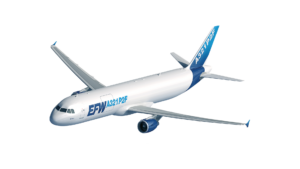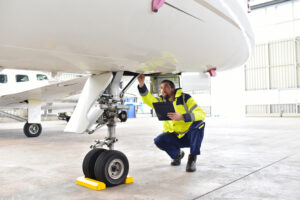Just two months after an electrical fault was discovered on a number of Boeing 737 jets, the FAA has now issued a directive for the operators of 9,300 of the jets, including 2,502 U.S.-registered ones, to perform repetitive tests on two cabin altitude pressure switches.
Back in 2012, 737s were fitted with one pressure switch. However, the FAA recognized the importance of the switch function and mandated Boeing ensure that all 737s be fitted with two of the switches to provide redundancy in the event of the failure of one switch. The latest directive follows on from reports from an operator back in September 2020 that the two switches had failed on three variants of the 737 jet. The FAA stated that failure of the switches could result in the cabin altitude warning system not activating if the cabin exceeded an altitude of 10,000 feet (3,050 m), an altitude at which oxygen levels could become dangerously low.
The FAA stipulated that tests must be conducted within 2,000 flight hours since the last test of the cabin altitude pressure switches, before airplanes had flown 2,000 hours, or within 90 days of the directive’s effective date. When the problem was originally reported to Boeing, the American planemaker carried out tests which included the expected failure rate of the switch, and concluded there was no safety issue. However, back in May this year, further investigation into the problem led the FAA and Boeing to determine that “the failure rate of both switches is much higher than initially estimated, and therefore does pose a safety issue.” The FAA has confirmed that it “does not yet have sufficient information to determine what has caused this unexpectedly high failure rate.”





























